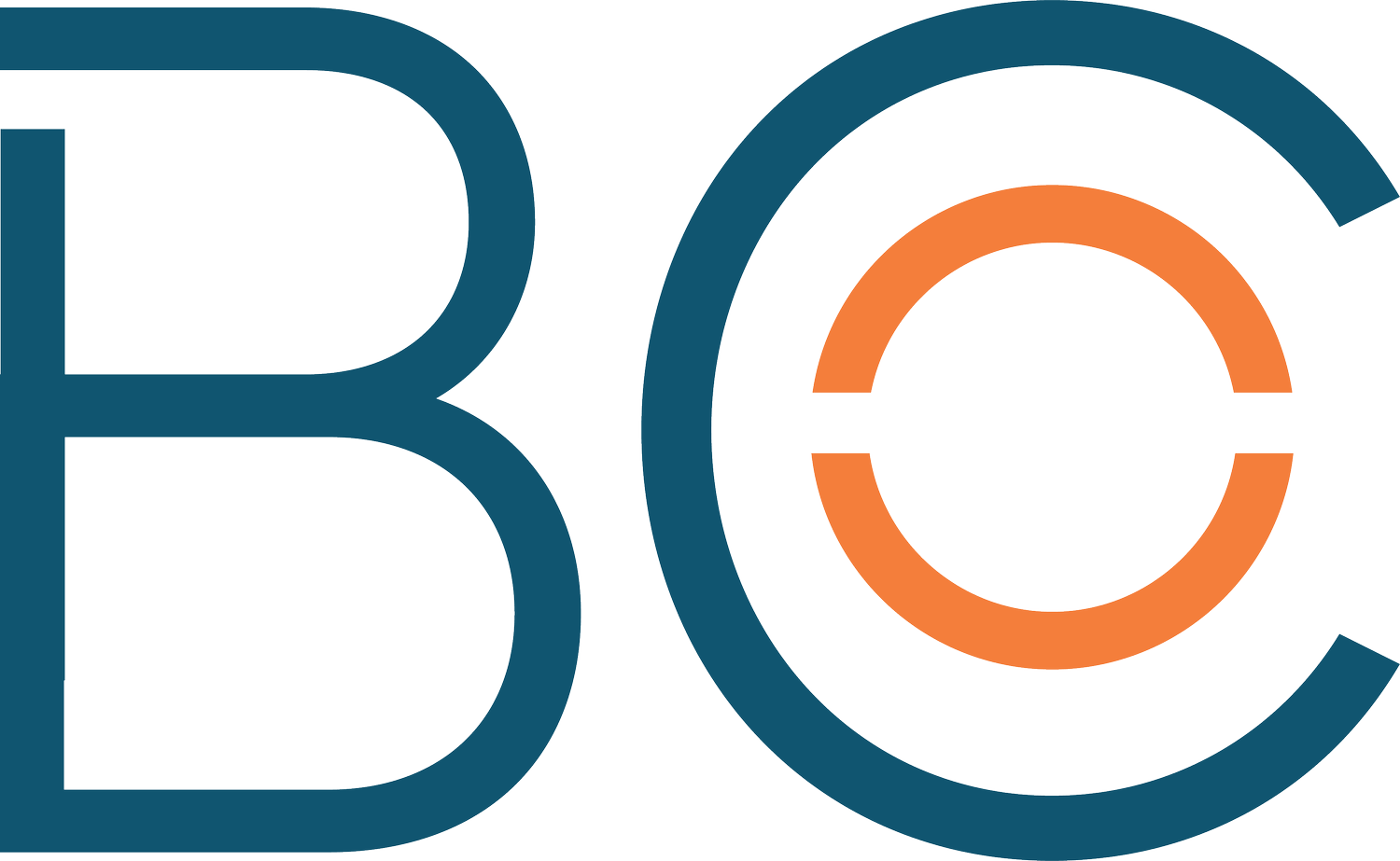2022 Digital Advertising Forecasting
With every year that passes, it seems that digital advertising gets more complicated and less transparent. Digital fundamentals like SEO, PPC, branding, and UX are always key for businesses looking to attract new customers and to ensure their brand stands out in the growing digital landscape, but advertisers now have to juggle additional emerging social channels and ever-evolving advertising regulations.
As we look ahead to 2022, here are the trends that we’re keeping our eyes on within the advertising space.
AR/VR advertising placements
Augmented reality (AR) and virtual reality (VR) technology is readily available on channels like Snapchat, but will soon become more prevalent thanks to the likes of Meta and the emerging metaverse. Brands will soon be left to strategize how to attract consumers in a completely virtual universe, as well as an augmented one that fuses the digital and physical worlds. Accordingly, Meta has already started to invest heavily in VR and AR to remain competitive within the space, but also to try and pave the way for VR ad placements. These ad types will be the way of the near future and may become a requirement for many brands focusing on younger audiences (depending on vertical).
AR should also be a topic of conversation as you think about your digital ecosystem and how your brand is attracting new customers throughout the year. Snapchat lenses leverage AR enhancements to create interactive experiences for Snapchat’s millions of users. In fact, according to Snap internal data from 2019, 75% of the brand’s community engages with AR every day. We feel that AR lenses will be an amazing upper funnel opportunity to allow brands to increase ad engagement with new audiences while being able to still tell a brand story.
Data collection methods
Two trends that will continue in 2022 and beyond are zero- and first-party data. While advertisers still have roughly another year before Google will phase out their third-party cookies, there should be an increased focus on gathering more first-party data from your consumers. This can be done by collecting data from on-site data collection sources such as mobile apps, SMS, surveys, CRMs, and social media.
Focusing on gathering both first and zero-party data can help brands segment, personalize, and speak to their consumers in a more effective way. Relying on accurate internal data sources can help companies benefit from improved intelligence, data quality, and measurement capabilities. In turn, this can help companies deliver tailored brand experiences that consider consumers’ purchase history, preferences, and more.
Social commerce
With platforms such as TikTok emerging with some initial placements revolving around social commerce, most, if not all, social ad platforms will soon include some form of social commerce. Social commerce allows for another way for consumers to interact with your brand and products that didn’t exist several years ago by enabling them to make purchases directly on social channels. This not only creates an additional experience for consumers to engage with new products on platforms they prefer, it also provides another way for brands to get their products in front of potential consumers. For example, Instagram Shop has been around in some form for a few years and should be utilized by nearly all direct-to-consumer brands.
Keep your consumer in mind
Regardless of tactics, channels, it’s equally important to remember your consumer’s values—in 2022 and beyond. A 2021 study found that more than85% of consumers have become more eco-conscious in their purchasing behavior over the past five years. According to data from McKinsey, sustainability can be correlated with business and growth opportunities. In fact, redesigning products and services that use fewer resources or meet specific social needs can actually increase profits and reduce costs. While each business is different, even the smallest companies can reduce their own footprint (for more information, read why Buckland Co. decided to become a 1% for the Planet member).
Ultimately, it’s important to cut through the noise by simplifying and clarifying content. Consumers are flooded with content daily, so keeping your content easily digestible will help your message stand out and ensure that it is easily understood—no matter the channel A simple message is easy to remember, which can lead to a lift in brand recall. This can help drive additional site traffic through organic channels, as consumers may be more likely to remember your brand over another.

